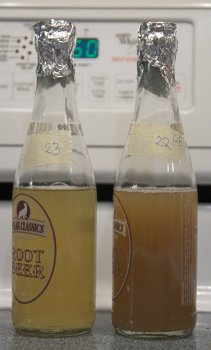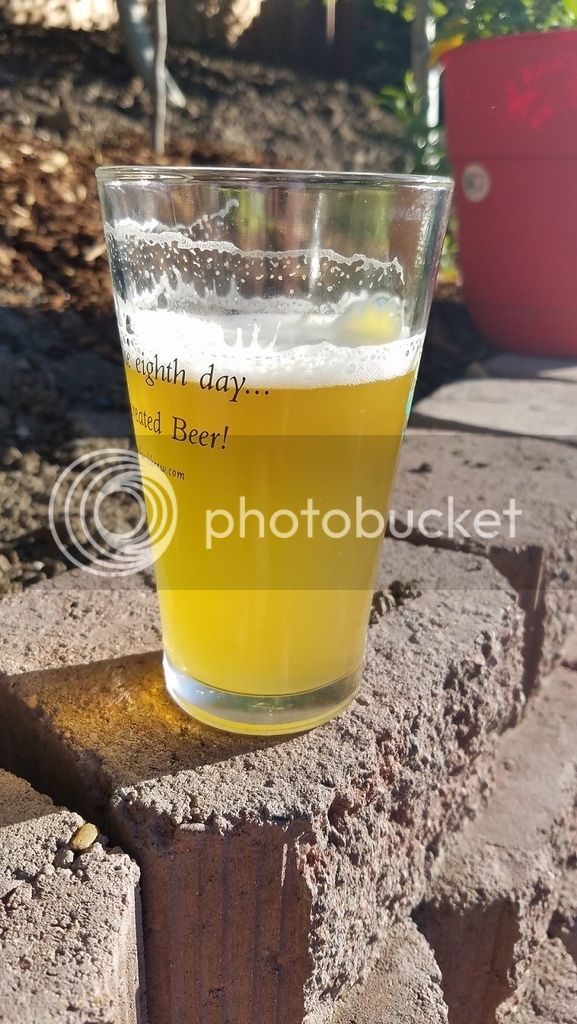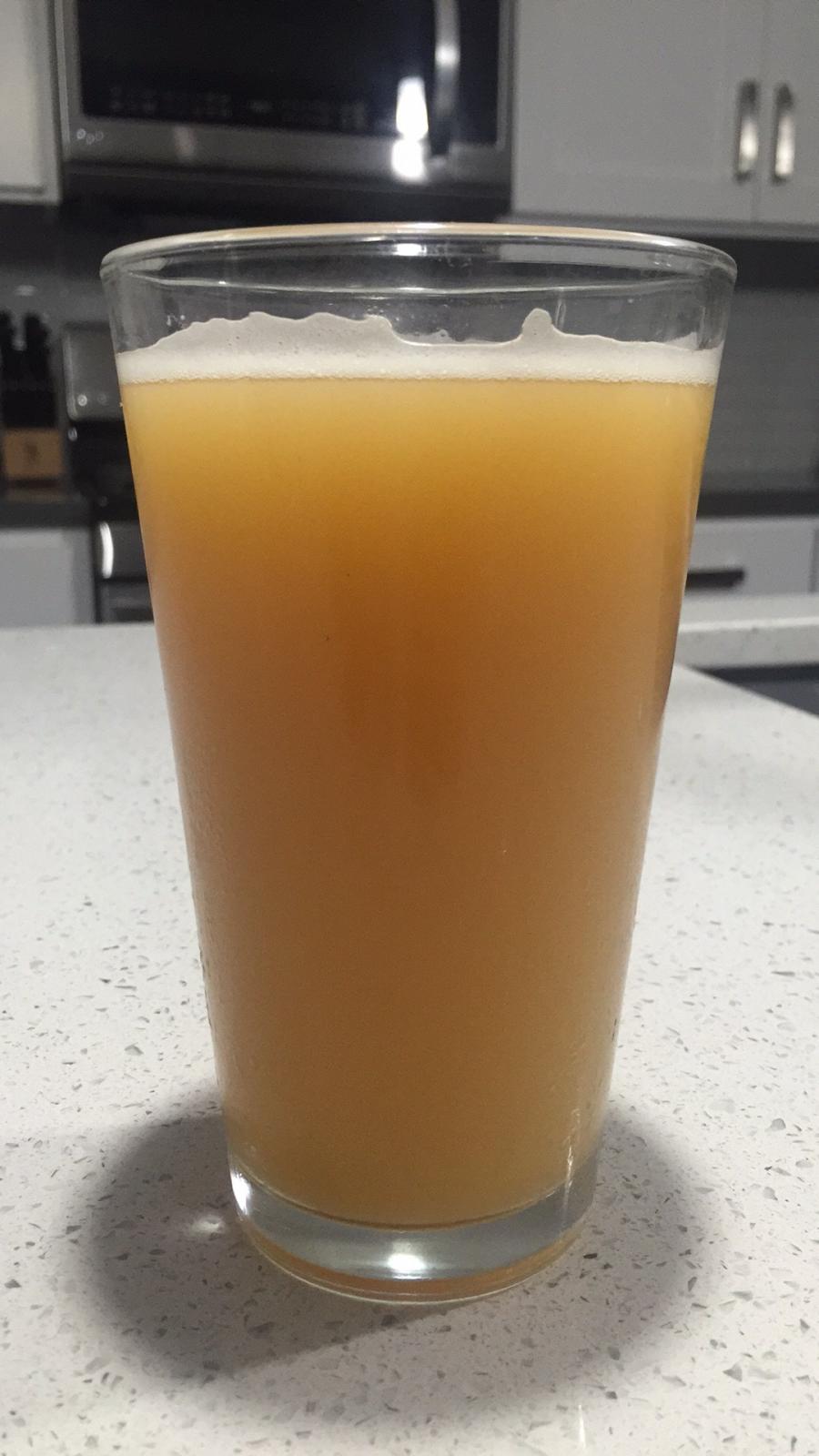That looks and sounds delicious. I have a bunch of Citra and Mosaic to use, how did it turn out?
It's a great a great beer! I made it two months ago so the Citra dry hop is not as intense as it was 30 days ago.

I made a 15 gallon batch with 10# of Pilsner Malt per 5 gallons.
Two batches were Lagers (34/70 yeast and one was US-05)
The US-05 split is the one that got the 4oz of Citra Dry Hop (in primary at the end of fermentation)
Recipe Specifications
--------------------------
Boil Size: 19.16 gal
Post Boil Volume: 17.16 gal
Batch Size (fermenter): 15.00 gal
Bottling Volume: 14.00 gal
Estimated OG: 1.054 SG
Estimated Color: 3.2 SRM
Estimated IBU: 40.1 IBUs
Brewhouse Efficiency: 72.00 %
Est Mash Efficiency: 79.2 %
Boil Time: 90 Minutes
Ingredients:
------------
Amt Name Type # %/IBU
8.0 oz Rice Hulls (0.0 SRM) Adjunct 1 1.6 % (not required)
30 lbs Pilsner (Schill) (1.7L Grain) 2 98.4 %
1.50 oz Magnum [14.00 %] - Boil Hop 3 24.8 IBUs
1 Item Whirlfloc Tablet (Boil Fining 4 -
3.80 oz Mosaic (HBC 369) [12.3%AA Hop 5 12.9 IBUs
3.80 oz Mosaic (HBC 369) [12.3%AA Hop 6 2.4 IBUs
2.0 pkg Saflager Lager 34/70 7 -
1.0 pkg Safale American US-05 8 -
4.00 oz Citra [12.0%AA] - Dry Hop 9 0.0 IBUs
Mash Schedule: Single Infusion, Light Body, No Mash Out
Total Grain Weight: 30 lbs
----------------------------
Name Description Step Temperature Step Time
Mash In Add 10.53 gal of water 154.5 F 60 min







